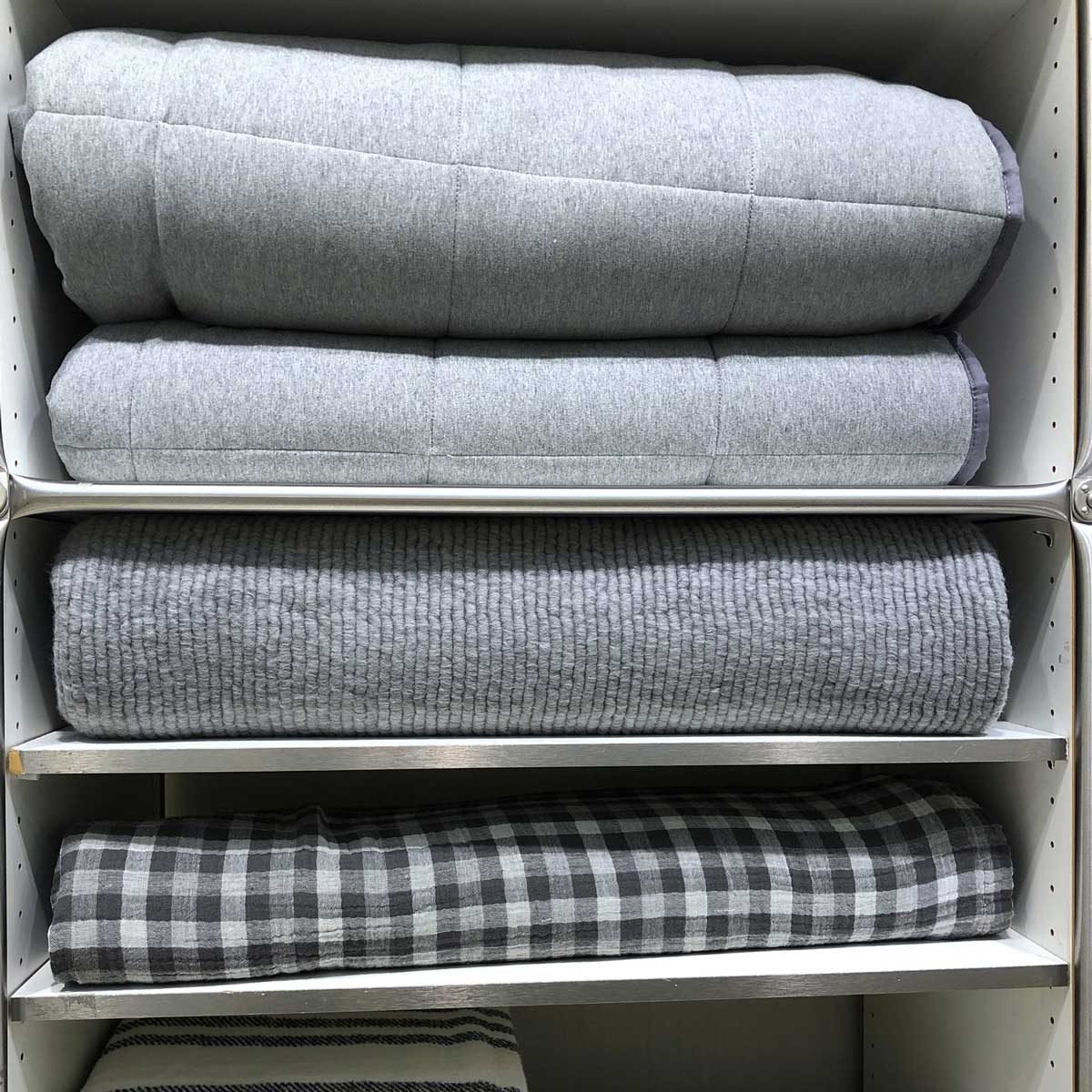

Articles
How To Store Quilts And Blankets
Modified: February 22, 2024
Discover helpful articles on how to properly store quilts and blankets. Learn tips and techniques for preserving their quality and longevity.
(Many of the links in this article redirect to a specific reviewed product. Your purchase of these products through affiliate links helps to generate commission for Storables.com, at no extra cost. Learn more)
Introduction
Quilts and blankets are not just practical items; they are often cherished heirlooms and works of art. Whether you have vintage quilts passed down through generations or cozy blankets you love curling up with on a chilly evening, proper storage is essential to preserve their beauty and longevity. In this article, we will explore the best practices for storing quilts and blankets to protect them from damage and ensure they stay in excellent condition.
Before diving into the storage techniques, it is crucial to assess the current condition of your quilts and blankets. Inspect them for any stains, tears, or weak spots in the fabric. Addressing these issues before storing will prevent further damage and ensure that they are ready to be stored properly.
Once you have assessed the condition, the next step is to clean your quilts and blankets. Always refer to the manufacturer’s instructions or consult with a textile conservation professional for specific cleaning recommendations. In general, it is best to avoid washing delicate or vintage quilts and blankets at home, as improper cleaning methods can cause irreparable damage. Instead, consider taking them to a professional cleaner who specializes in fabric preservation.
To ensure the longevity of your quilts and blankets, it is crucial to fold and store them properly. For small quilts or blankets, folding them neatly and placing them in acid-free tissue paper or cotton muslin bags is recommended. This helps protect the fabric from dust and light exposure. Avoid using plastic bags or vacuum-sealed storage containers, as these can trap moisture and lead to mold or mildew growth.
For larger quilts, such as bed-sized ones, it is best to roll them rather than fold them. Rolling reduces the risk of creases and ensures even distribution of weight and pressure. Consider using a clean, padded tube or a large piece of acid-free cardboard as a core for the rolled quilt. Avoid wrapping quilts or blankets in newspaper or colored tissue paper, as the ink or dyes can transfer onto the fabric and cause staining.
Key Takeaways:
- Proper storage and display are crucial for preserving the beauty and longevity of quilts and blankets. Assessing their condition, cleaning them properly, and using suitable storage techniques can ensure their protection for future generations to enjoy.
- Protecting quilts and blankets from pests and moisture is essential to avoid potential harm. Using natural pest repellents, breathable storage options, and proper climate control can safeguard these cherished textiles and preserve their beauty and integrity.
Read more: How To Wash A Quilt Blanket
Assessing the Condition of Your Quilts and Blankets
Before you begin the process of storing your quilts and blankets, it is essential to assess their condition. By doing so, you can identify any existing damage and take the necessary steps to prevent further deterioration. Here are some key aspects to consider when assessing the condition of your quilts and blankets:
Stains: Carefully examine your quilts and blankets for any stains or discoloration. Stains can be caused by spills, food residue, or even natural oils from our bodies. If left untreated, these stains can become permanent and may require specialized cleaning techniques to remove. Make a note of any stains so that you can address them during the cleaning process.
Tears or Holes: Check for any tears or holes in the fabric. These can be caused by wear and tear, accidents, or even pests. Identify the extent of the damage and consider whether repairs are necessary before storing the items. Small tears can be mended using a suitable fabric adhesive or by sewing with color-matched thread. For more extensive damage, it may be best to consult a professional textile restorer.
Weak Spots: Inspect the fabric for any weak spots or areas that may give way over time. This can be indicated by thinning or fraying threads. Weak spots are more prone to developing tears or further damage, so take extra care when handling and storing items with these areas. Consider reinforcing weakened sections with fabric stabilizers or by adding an extra layer of fabric to provide additional support.
Color Fading: Over time, exposure to light can cause the colors of quilts and blankets to fade. Assess whether the colors of your items appear dull or washed out. If significant fading is evident, it is essential to store them in a location away from direct sunlight or harsh lighting conditions. UV-blocking window film or curtains can help prevent further color fading.
Odor: Take note of any unusual odors coming from your quilts and blankets. Musty or mildew smells can indicate moisture or mold issues. If you detect any odors, consider airing the items out before storing them or using appropriate treatments to eliminate the smell. It is crucial to ensure that the items are completely dry before storing to prevent mold growth.
By paying attention to these factors, you can accurately assess the condition of your quilts and blankets and take the necessary steps to ensure their protection and preservation during storage. Once you have evaluated the conditions, you can proceed with cleaning and storing your treasured items properly.
Cleaning Quilts and Blankets
Proper cleaning is a crucial step in preserving the beauty and longevity of your quilts and blankets. However, cleaning these items requires special care to avoid causing damage. Here are some guidelines to follow when cleaning your quilts and blankets:
Read the Labels: Start by checking the manufacturer’s instructions for cleaning recommendations. Some quilts and blankets may have specific care instructions that should be followed to prevent damage. If the items are antique or vintage, it is advisable to consult with a textile conservation professional for expert guidance.
Spot Cleaning: For small stains or spots, spot cleaning may be sufficient. Use a gentle, non-abrasive cleaner specifically designed for fabrics and follow the instructions on the product. Test the cleaner on an inconspicuous area of the quilt or blanket first to ensure it does not cause any discoloration or damage.
Professional Cleaning: If your quilts or blankets are heavily soiled or have ingrained stains, it is best to seek the assistance of a professional cleaner. Look for a cleaner who specializes in fabric preservation or textile conservation. They will have the expertise and experience to handle delicate fabrics and employ appropriate cleaning techniques.
Dry Cleaning: Some quilts and blankets, especially those made from sensitive or antique materials, may require dry cleaning. If dry cleaning is recommended, choose a reputable cleaner that has experience with delicate textiles. Inform the cleaner about the specific fabric and any known stains or issues to ensure proper treatment.
Hand Washing: In some cases, hand washing may be the best option for cleaning quilts and blankets. Fill a clean bathtub or basin with lukewarm water and a mild detergent suitable for delicate fabrics. Gently submerge the item and lightly agitate the water without causing any unnecessary stress on the fabric. Rinse thoroughly with clean water to remove all soap residue.
Drying: After cleaning, it is crucial to dry quilts and blankets properly to prevent mold or mildew growth. Lay them flat on a clean, dry surface, preferably on a clean towel or a drying rack. Keep them out of direct sunlight or heat sources which could cause shrinkage or fading. Rotate the items periodically to ensure even drying.
Remember, each quilt and blanket is unique, and the cleaning methods may vary based on the materials used and any existing damage. If you are unsure about the cleaning process or are dealing with a valuable or sentimental item, it is always best to seek professional advice to ensure the proper care and preservation of your quilts and blankets.
Folding and Storing Small Quilts
When it comes to storing small quilts, proper folding and placement can make a significant difference in preserving their quality and longevity. Here are the steps to follow when folding and storing small quilts:
1. Clean and Air Out: Before folding, make sure your quilt is clean and completely dry. If you’ve recently washed or spot cleaned it, allow it to air out in a well-ventilated area to ensure all moisture has evaporated.
2. Create a Clean Workspace: Find a clean, flat surface to work on, such as a large table or clean floor. Lay a clean sheet or muslin cloth on the surface to provide an extra layer of protection for the quilt.
3. Fold in Half: Start by folding the quilt in half lengthwise, bringing one end to meet the other. Make sure the edges line up evenly to ensure a neat fold.
4. Fold in Half Again: Once the quilt is folded in half lengthwise, fold it in half once more, this time bringing the folded edge towards the open edge. Again, ensure the edges are aligned.
5. Avoid Sharp Edges: While folding, make sure to avoid sharp creases or folded edges that may put unnecessary stress on the fabric. This can help prevent long-term damage or weak spots in the quilt.
6. Use Acid-Free Tissue Paper: To protect the quilt from dust and light exposure, place acid-free tissue paper between the folds. This will help to cushion and protect the fabric while allowing it to breathe.
7. Place in a Cotton Muslin Bag or Acid-Free Box: Once folded and wrapped in tissue paper, place the quilt in a breathable cotton muslin bag or an acid-free storage box. Avoid using plastic bags or containers, as they can trap moisture and potentially cause mildew or mold growth.
8. Label and Store in a Cool, Dry Place: It is essential to label the bag or box with the quilt’s name, date, or any other relevant information. Store the quilt in a cool, dry area away from direct sunlight, humidity, and fluctuating temperatures.
9. Rotate the Storage: To ensure even wear and prevent permanent creasing, rotate the storage of your quilts. Every six months, take out the quilts and refold them in a slightly different manner before returning them to storage.
By following these steps, you can ensure that your small quilts are properly folded, protected, and stored. This will help maintain their beauty and integrity during long periods of storage, ensuring you can enjoy them for many years to come.
Storing Large Quilts
Storing larger quilts, such as bed-sized quilts, requires a different approach due to their size and weight. Here are some steps to follow when storing large quilts:
1. Clean and Air Out: Just like smaller quilts, make sure your large quilt is clean and completely dry before storing it. Allow it to air out in a well-ventilated area to ensure any moisture has evaporated.
2. Find a Suitable Storage Space: Locate a storage area where the quilt can lay flat without any unnecessary folds or compression. Ideal spaces include under-bed storage containers, dedicated quilt chests, or on top of a clean, flat surface.
3. Create a Protective Layer: Place a clean, breathable fabric layer on the surface where the quilt will be stored. This layer can be a clean bedsheet, cotton muslin cloth, or acid-free tissue paper.
4. Roll the Quilt: Instead of folding, it is best to roll large quilts to prevent permanent creases and reduce stress on the fabric. Start by laying the quilt flat on the protective layer, ensuring it is evenly spread out.
5. Use a Core: To maintain the shape and provide support, consider using a clean, padded tube or a large piece of acid-free cardboard as a core for the rolled quilt. Place it at one end of the quilt and gently roll the quilt around the core, keeping it snug but not too tight.
6. Secure the Roll: Once the quilt is rolled, you can secure it with acid-free cotton tape or non-adhesive fabric ties. Avoid using materials that can cause damage or leave residue on the quilt.
7. Wrap in Cotton Muslin: To further protect the quilt, wrap it in a breathable cotton muslin cloth. This helps shield the quilt from dust, light exposure, and potential pest damage.
8. Store in a Clean, Dry Place: Place the rolled and wrapped quilt in a suitable storage container or on a storage shelf. Ensure that the storage area is cool, dry, and away from direct sunlight or extreme temperature fluctuations.
9. Avoid Compression: It is important to avoid stacking heavy objects on top of the stored quilt or placing it in a space where it may become compressed. This can cause unnecessary stress and damage to the fabric.
10. Regularly Check and Refold: Periodically check your stored quilts for any signs of damage or pest activity. Every six months, unroll the quilt, inspect it for any issues, and refold it in a slightly different manner to prevent permanent creases.
By following these steps, you can ensure that your large quilts are stored properly and protected from damage. With the right storage techniques, your quilts will remain in excellent condition and be ready for use whenever you want to showcase their beauty and warmth.
Store quilts and blankets in a cool, dry place away from direct sunlight to prevent fading and damage. Avoid storing them in plastic bags, as this can trap moisture and lead to mildew. Instead, use a breathable cotton storage bag or a clean, dry cotton sheet to protect them.
Read more: How To Make A Quilt Blanket
Best Practices for Storing Quilts and Blankets
Proper storage is essential for preserving the beauty and lifespan of your quilts and blankets. By following these best practices, you can maintain the quality of your prized textile items:
1. Clean Before Storage: Always ensure that your quilts and blankets are clean and completely dry before storing them. Remove any stains or spots and allow them to air out to avoid trapping moisture that can lead to mold or mildew growth.
2. Use Acid-Free Materials: Choose acid-free tissue paper, muslin cloth, or acid-free archival boxes for storing your textiles. Acidic materials can cause discoloration, deterioration, and acidity transfer to the fabric over time.
3. Avoid Plastic Bags or Covers: Plastic bags or covers can create a humid environment that promotes mold and mildew growth. Instead, opt for breathable materials like cotton muslin or archival-quality storage containers.
4. Protect from Dust and Light: Shield your quilts and blankets from dust and excessive light exposure, as both can cause damage to the fabric. Use protective covers or store them in a dark, clean environment to minimize exposure.
5. Maintain Stable Temperature and Humidity: Fluctuating temperature and humidity levels can negatively affect textiles. Store your quilts and blankets in an area with a stable environment, avoiding places prone to temperature extremes or high humidity.
6. Avoid Folding on Sharp Creases: When folding your quilts and blankets, take care to avoid sharp creases or folds that can weaken the fabric over time. Rotate the folds regularly to minimize stress on specific areas while in storage.
7. Store Separately: To prevent color transfer or friction damage, store quilts and blankets separately rather than stacking them on top of each other. This also allows for better air circulation and reduces the risk of excessive weight compression.
8. Inspect and Refold Periodically: Regularly check your stored quilts and blankets for signs of damage, pests, or mold. Refold them in a slightly different manner every six months to distribute pressure and minimize permanent creases.
9. Beware of Pests: Take precautions to protect your textiles from pests like moths and silverfish. Consider using natural repellents, such as lavender sachets or cedar blocks, or storing items with moth-repellent materials.
10. Document and Label: Keep a detailed inventory of your quilts and blankets, including information on their origins, makers, and any special care instructions. Label stored items with identifying tags to easily locate them when needed.
By adhering to these best practices, you can ensure that your quilts and blankets remain in pristine condition throughout their time in storage. Remember, proper storage not only preserves their beauty but also safeguards the cultural and sentimental value they hold.
Protecting Quilts and Blankets from Pests and Moisture
Pests and moisture can be significant threats to the integrity of your quilts and blankets. Taking preventive measures to protect them is essential to ensure their longevity. Here are some strategies to safeguard your textiles from pests and moisture:
1. Clean Before Storage: Start by thoroughly cleaning your quilts and blankets and ensuring they are completely dry before storing them. Any residual food particles or stains can attract pests, while moisture can lead to mold or mildew growth.
2. Natural Pest Repellents: Many natural substances repel pests effectively. Consider using lavender sachets, cedar blocks, or dried rosemary to deter moths, silverfish, and other fabric-damaging insects. Place them in or near the storage containers to create a protective barrier.
3. Vacuum-Sealed Storage Bags: For extra protection against pests, you may opt to use vacuum-sealed storage bags. These airtight bags can prevent pests from infiltrating your quilts and blankets. However, make sure the items are clean and completely dry before sealing them in the bags to avoid trapping moisture.
4. Avoid Plastic and Vinyl Containers: While plastic containers can offer protection from pests, they can also trap moisture and create a humid environment detrimental to textiles. Instead, use acid-free archival boxes or breathable cotton or muslin storage bags that allow for air circulation.
5. Store in a Cool, Dry Environment: Pests and mold thrive in humid conditions. Choose a storage area with stable temperature and humidity levels. Avoid areas prone to dampness, such as basements or attics, as well as locations directly exposed to sunlight.
6. Regularly Inspect Stored Items: Periodically check on your stored quilts and blankets to ensure there are no signs of pest activity or moisture damage. Look for any visible bugs, droppings, or suspicious spots. Promptly address any issues to prevent further damage.
7. Silica Gel Packs: Moisture can wreak havoc on textiles, causing mold, mildew, and musty odors. Place silica gel packs or desiccant packets in the storage containers to absorb excess moisture and maintain an optimal humidity level.
8. Elevate Storage Containers: To add an extra layer of protection against pests, consider elevating your storage containers off the floor. Pests such as rodents and insects are less likely to access your textiles if they are stored off the ground.
9. Monitor for Pest Infestations: Stay vigilant and monitor your entire storage area for signs of pests, including other stored items such as clothing or rugs. Detecting an infestation early can minimize damage and allow for prompt action to protect your quilts and blankets.
10. Seek Professional Help: If you suspect a serious pest infestation or extensive moisture damage, it is best to consult a professional textile conservationist or pest control expert. They can provide specialized treatment and guidance tailored to your specific situation.
By implementing these protection strategies, you can safeguard your quilts and blankets from pests and moisture, helping to preserve their beauty and longevity for future generations to enjoy.
Displaying Quilts and Blankets
Quilts and blankets are not only functional and comforting; they are also beautiful works of art that deserve to be showcased. Whether you have a treasured family heirloom or a handcrafted masterpiece, displaying your quilts and blankets properly can enhance their visual appeal while ensuring their protection. Here are some tips for displaying your textiles:
1. Clean and Prepare: Before displaying your quilts and blankets, ensure they are clean and free from dust. If necessary, gently vacuum or spot clean them using appropriate methods. Allow them to air out to eliminate any odors and ensure they are completely dry.
2. Select a Suitable Location: Choose a location that showcases your quilts and blankets while protecting them from direct sunlight, excessive heat, and humidity. Avoid placing them near vents, radiators, or windows that receive direct sunlight, as it can cause colors to fade and fabric to deteriorate over time.
3. Use a Proper Display Method: Depending on the size and style of the textile, you can choose from several display methods. Hanging quilts on a wall using special quilt hangers or rods is a popular option. For blankets, consider draping them over a clean and sturdy ladder or a decorative quilt rack to add a touch of charm to the display.
4. Rotate Displays: To prevent prolonged exposure to light and stress on specific areas, rotate the displayed quilts and blankets every few months. This ensures even wear and reduces the risk of damage caused by constant exposure or pressure.
5. Support and Protect: When hanging or draping quilts and blankets, use textile-friendly materials to support and protect them. Opt for acid-free fabric sleeves, muslin cloth, or padded hangers to safeguard the fabric from damage. Be mindful of sharp edges or rough surfaces that can snag or tear the textiles.
6. Consider Framing: If you have smaller or more delicate quilts or blankets, consider framing them for wall display. Consult a professional framer who specializes in textiles to ensure that the framing process is done correctly and won’t cause any harm to the fabric or stitching.
7. Use Lighting Creatively: Proper lighting can enhance the colors and textures of your quilts and blankets. Consider using spotlights or track lighting with adjustable fixtures to illuminate the display area. Be mindful of the light’s intensity and use UV-filtering bulbs to prevent color fading.
8. Provide Proper Climate Control: Maintain a stable environment around your displayed textiles by controlling temperature and humidity levels. Avoid humid or damp areas, as they can promote mold or mildew growth. Use dehumidifiers or humidifiers, if needed, to maintain optimal conditions.
9. Handle with Care: When interacting with your displayed quilts and blankets, handle them with clean hands or wear cotton gloves to prevent oils and dirt transfer. Avoid unnecessary touching or pulling, as it can strain the fabric or affect delicate stitching.
10. Document and Share the Story: Record the history and significance of your quilts and blankets by documenting their origin, maker, and any relevant stories or memories associated with them. Share this information with visitors or family members to deepen the appreciation for these cherished textiles.
By applying these tips, you can create stunning displays that not only showcase the beauty of your quilts and blankets but also protect and preserve them for years to come. Enjoy the artistry and warmth they bring to your living space.
Conclusion
Quilts and blankets are more than just cozy and practical items – they are pieces of history, art, and cherished heirlooms. Proper storage and display of these textiles are crucial to maintain their beauty, quality, and longevity. By following the best practices outlined in this article, you can ensure the preservation of your quilts and blankets for future generations to enjoy.
Assessing the condition of your quilts and blankets allows you to address any existing damage or issues before storage. Cleaning them properly, using suitable methods and materials, ensures that they are pristine and ready for long-term storage or display.
When it comes to folding and storing quilts and blankets, proper techniques are essential. Folding them with care, using acid-free tissue paper or cotton muslin for protection, and choosing the right storage containers or bags can prevent damage and maintain the fabric’s integrity.
Protecting quilts and blankets from pests and moisture is critical to avoid potential harm. Natural pest repellents, breathable storage options, and regular monitoring help safeguard against pests and mold. Controlling humidity levels and avoiding direct sunlight, heat, and extreme temperature fluctuations further protect the textiles.
When displaying your quilts and blankets, select appropriate locations free from harmful elements. Proper support, creative lighting, and rotation of displays minimize wear and tear. Framing smaller or delicate pieces can provide added protection and elevate their visual appeal.
In conclusion, taking care of your quilts and blankets involves a combination of proper storage, cleaning, protection from pests and moisture, and thoughtful display. By following the best practices outlined in this article, you can ensure that your beloved textiles remain in excellent condition, preserving their beauty, craftsmanship, and sentimental value for generations to come.
Frequently Asked Questions about How To Store Quilts And Blankets
Was this page helpful?
At Storables.com, we guarantee accurate and reliable information. Our content, validated by Expert Board Contributors, is crafted following stringent Editorial Policies. We're committed to providing you with well-researched, expert-backed insights for all your informational needs.
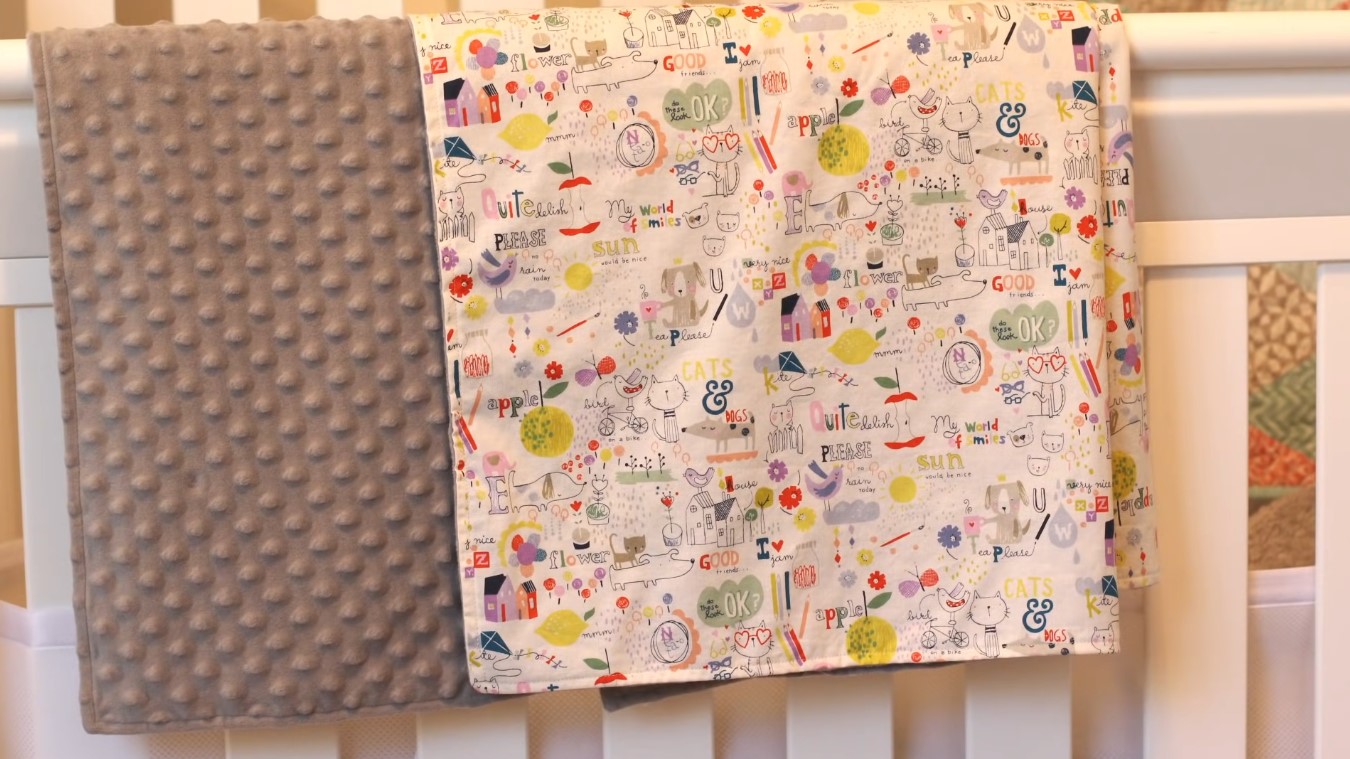


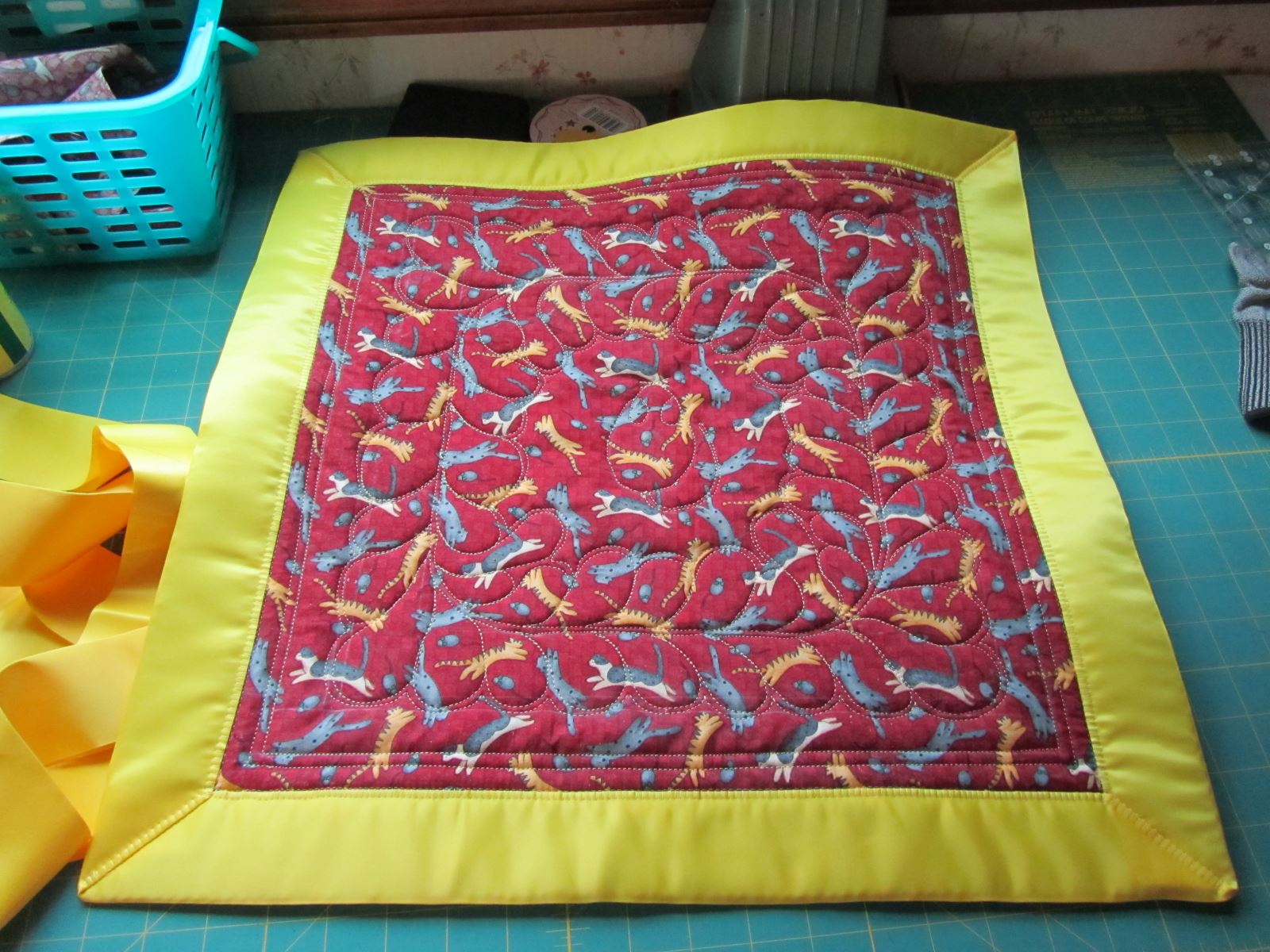

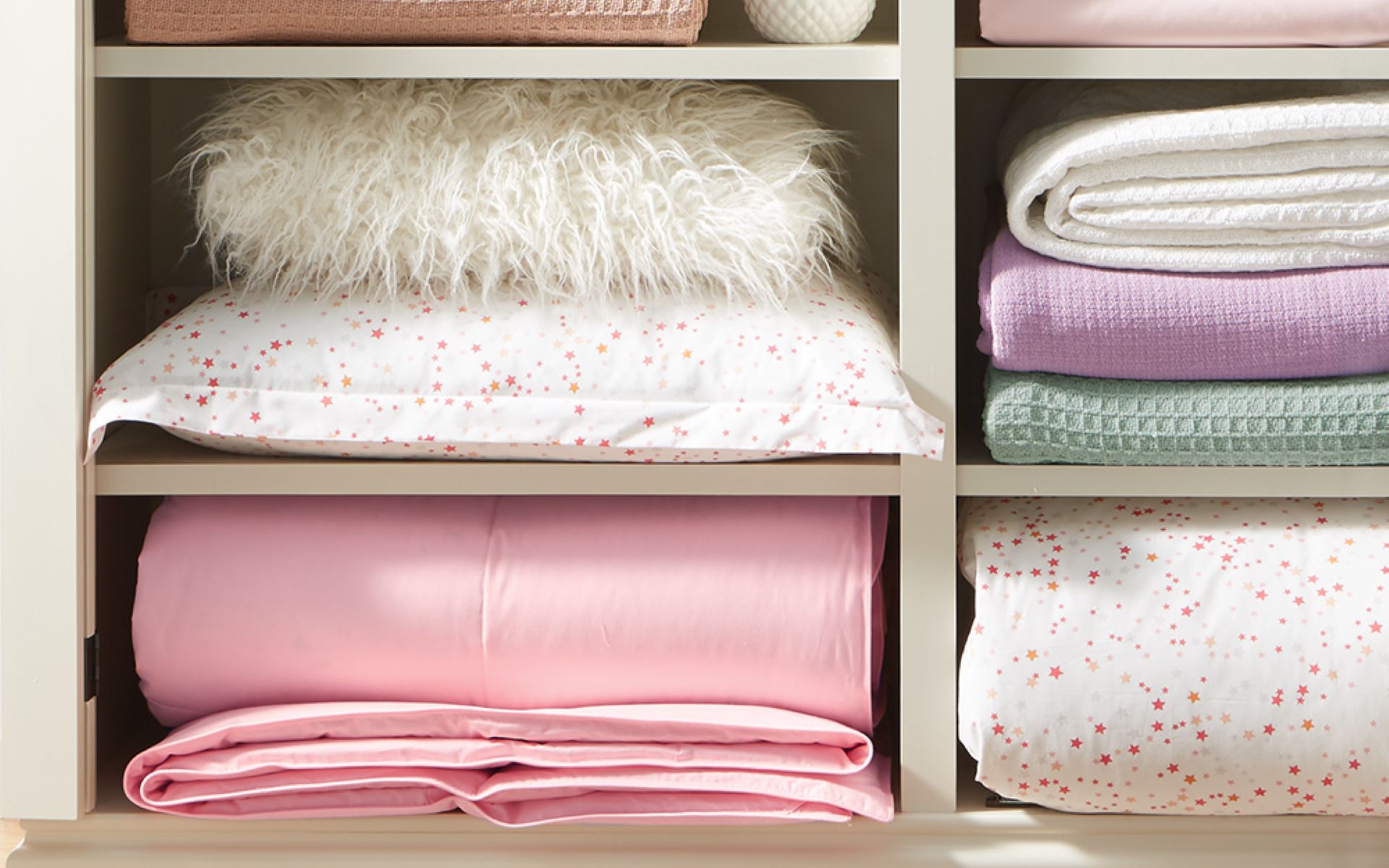
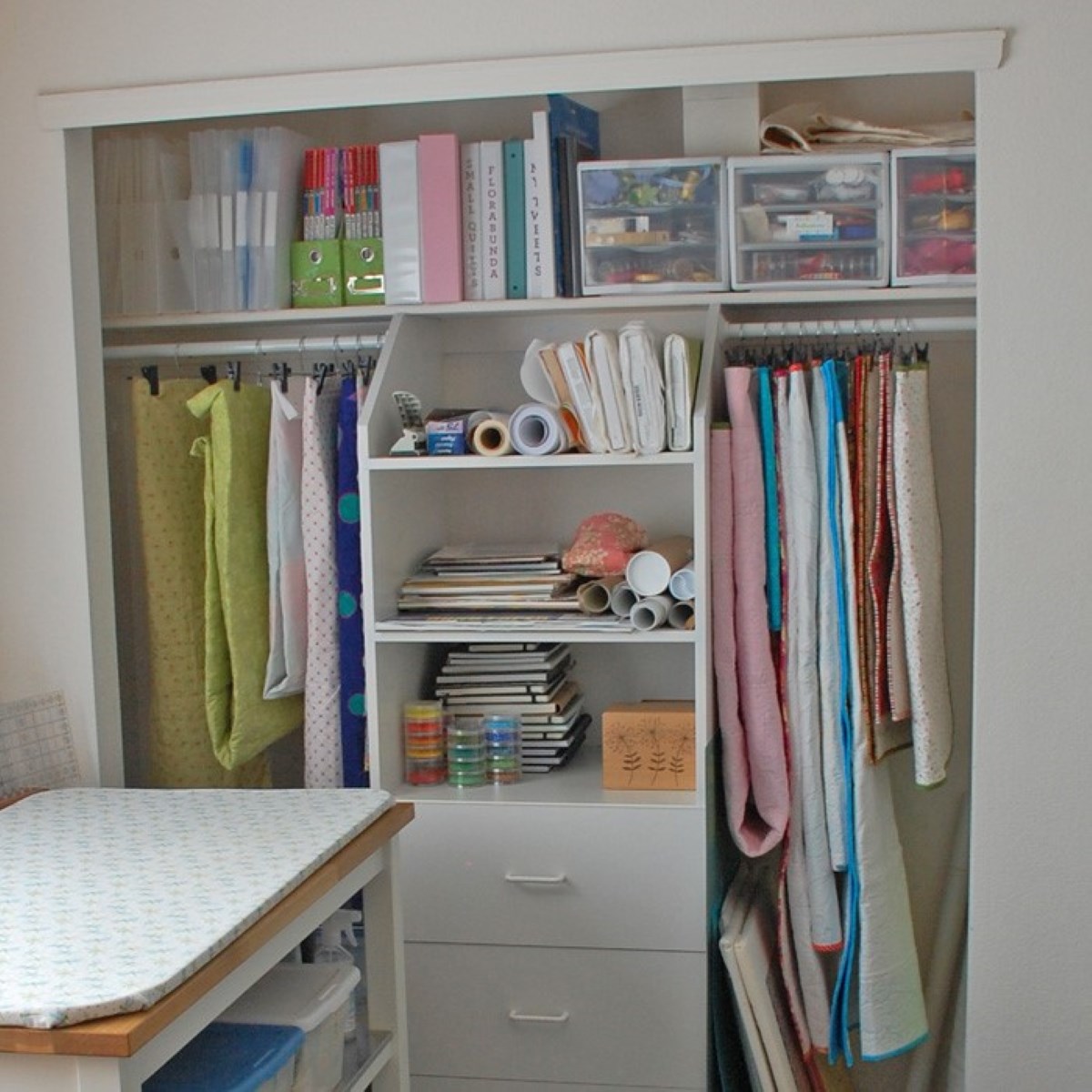

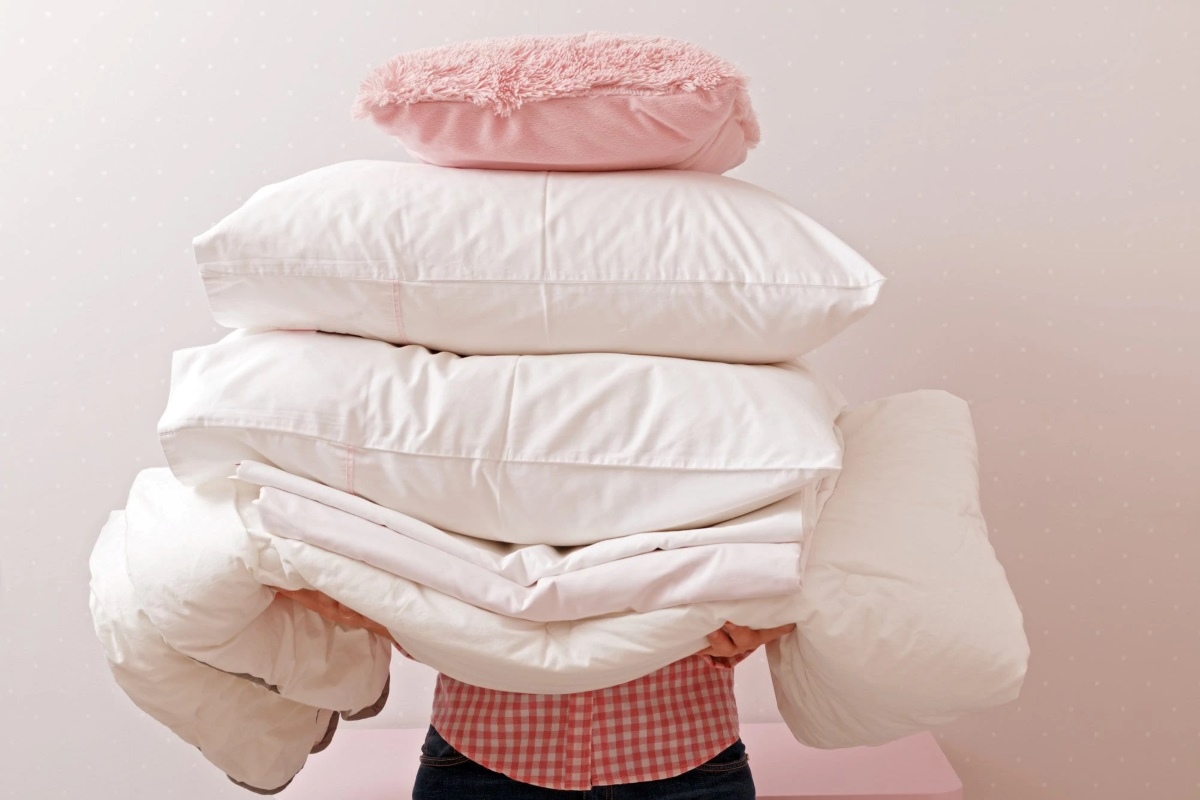
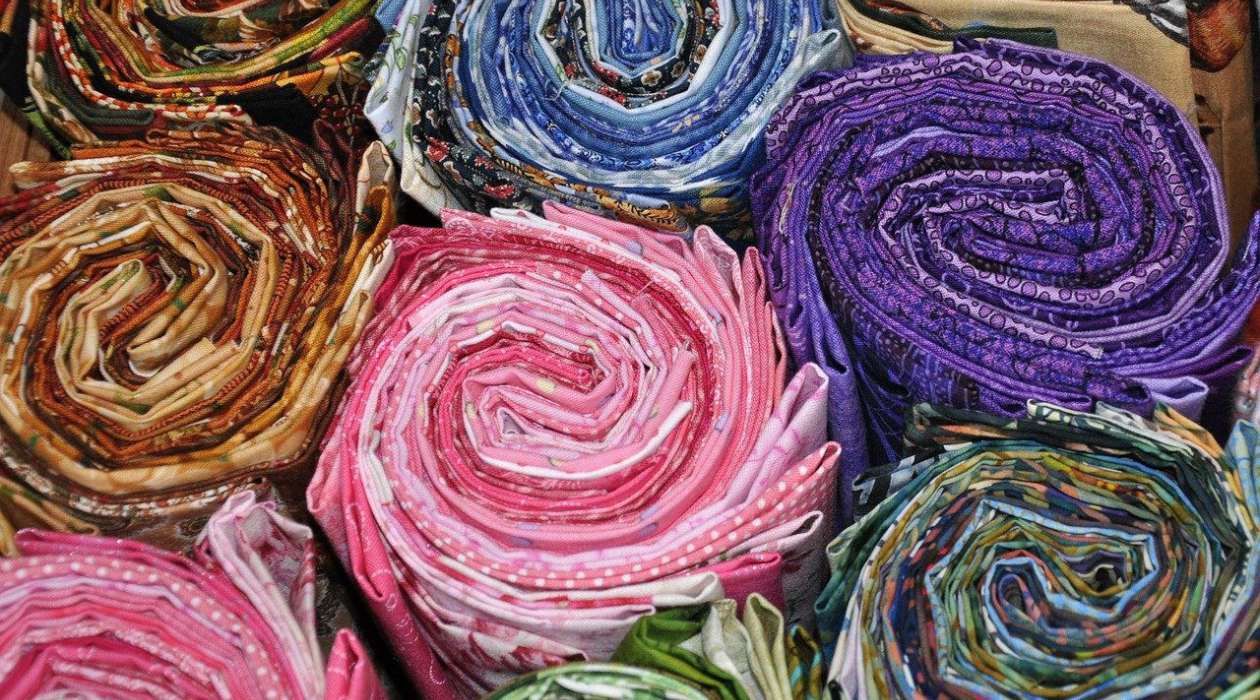
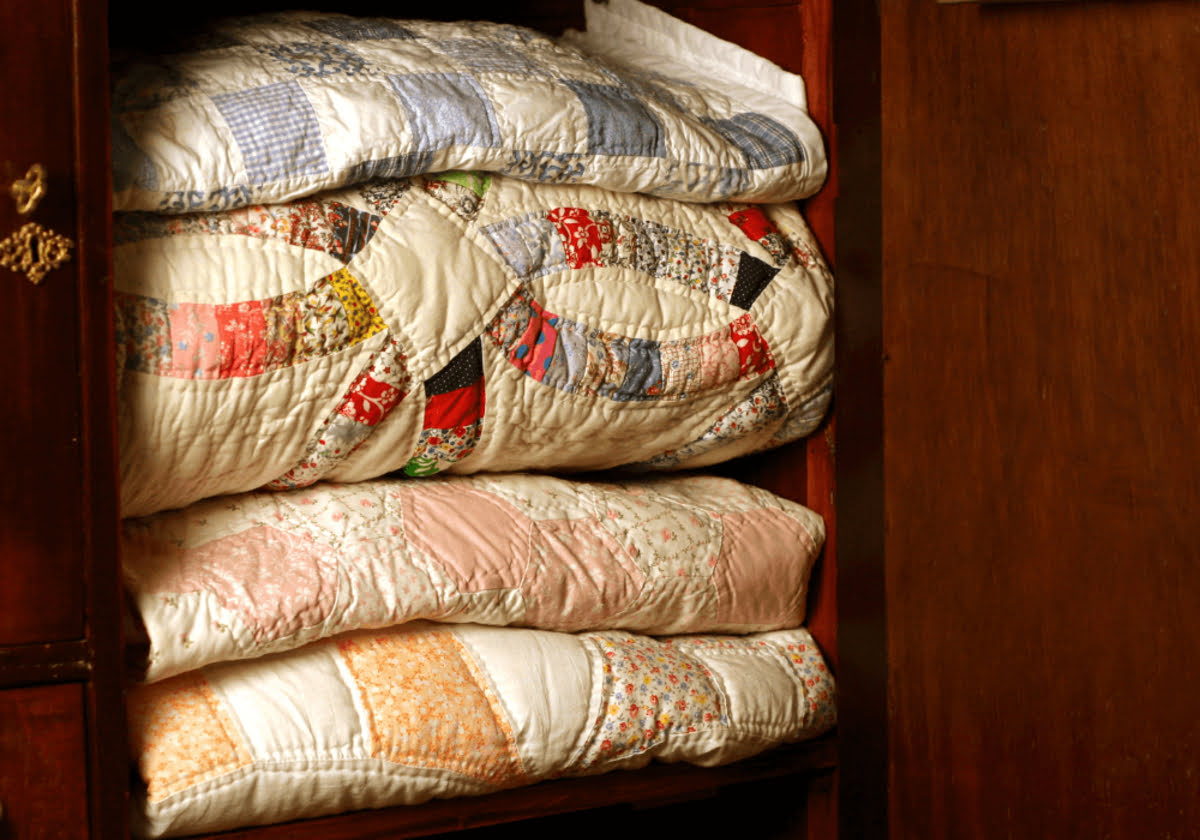

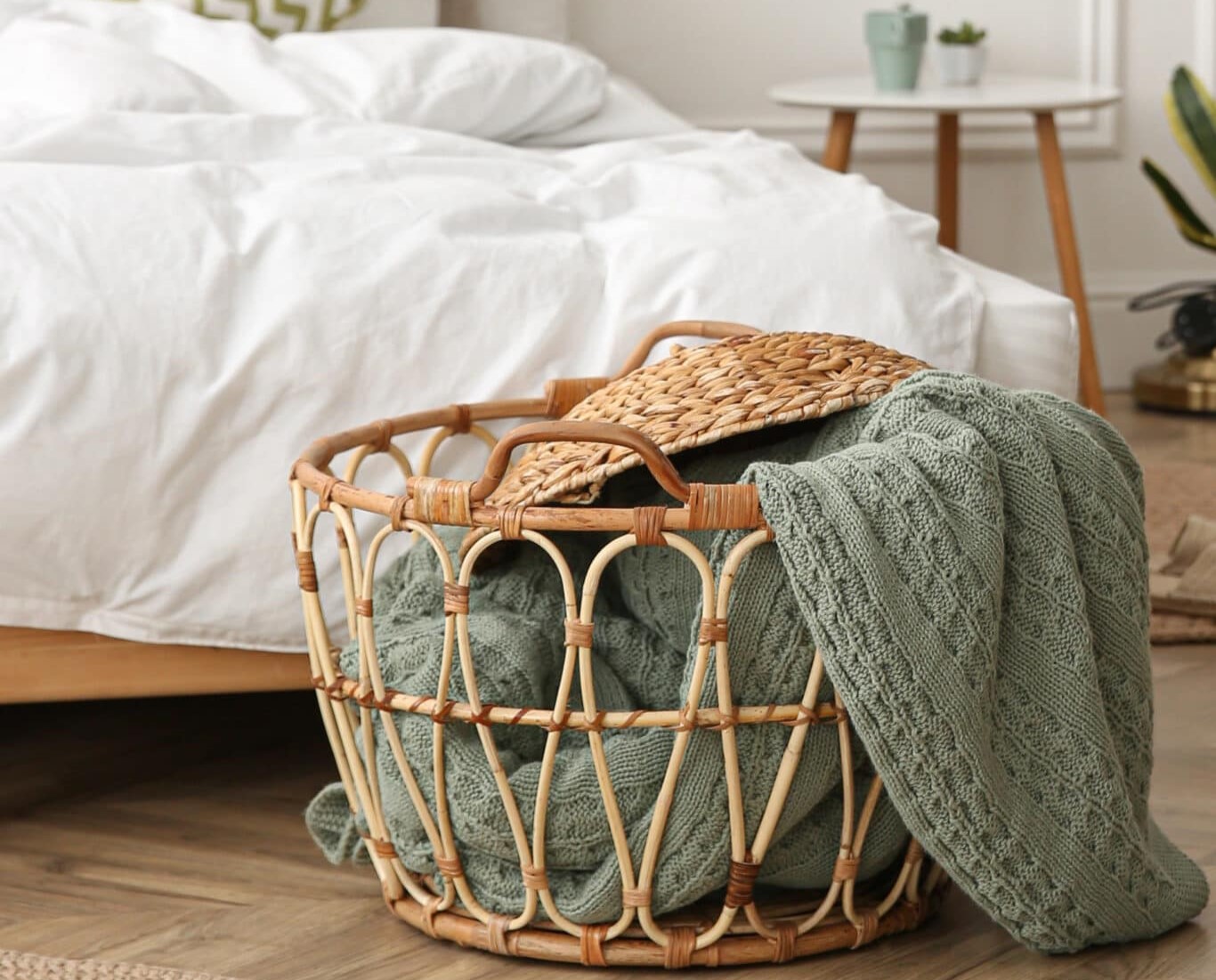


0 thoughts on “How To Store Quilts And Blankets”